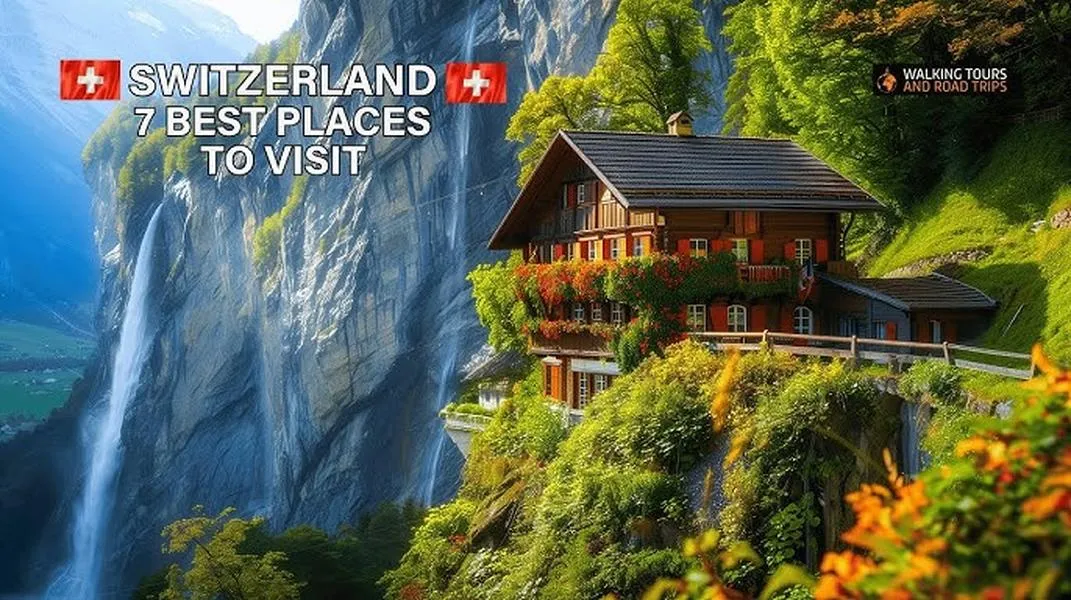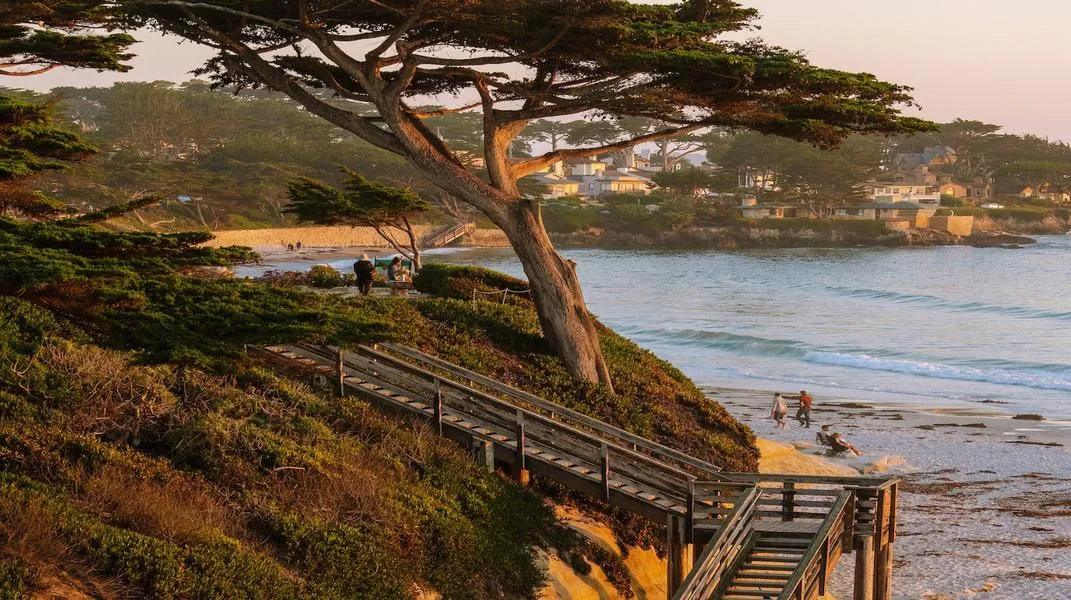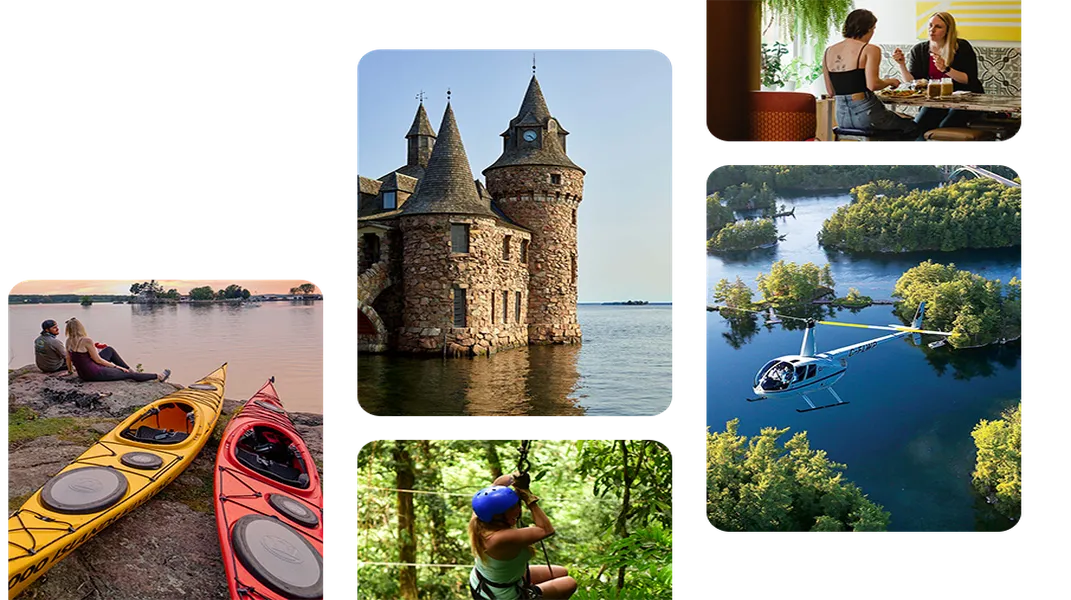Exploring the Swiss Alps: A Comprehensive Guide to One of the World’s Most Iconic Tourist Attractions
The Swiss Alps, a breathtaking mountain range that extends across Switzerland, is renowned for its stunning natural beauty, diverse ecosystems, and year-round recreational opportunities. With towering peaks, picturesque villages, and charming chalets, this region is a paradise for outdoor enthusiasts, adventure seekers, and nature lovers alike. From skiing and snowboarding in winter to hiking and mountain biking in summer, the Swiss Alps offer an unforgettable experience for visitors. In this article, we will delve into the myriad attractions of the Swiss Alps, the best time to visit, and essential materials you need to prepare for your journey.

A Glimpse into the Swiss Alps
The Swiss Alps are part of the larger Alps mountain range, which stretches across several European countries, including France, Italy, and Austria. The Swiss segment is home to some of the highest peaks in Europe, including the iconic Matterhorn, Eiger, and Jungfrau. The region spans across cantons like Valais, Bern, and Graubünden, featuring a diverse landscape of rugged mountains, lush valleys, pristine lakes, and charming alpine villages.
Natural Wonders
1. Majestic Peaks: The Swiss Alps boast over 48 peaks exceeding 4,000 meters, offering breathtaking views and exhilarating experiences. The Matterhorn, known for its distinctive pyramid shape, is perhaps the most photographed mountain in the world. The Eiger, with its infamous north face, attracts climbers and mountaineers from around the globe.
2. Lakes: The region is dotted with beautiful lakes, such as Lake Geneva, Lake Lucerne, and Lake Thun. These glacial lakes, with their crystal-clear waters, provide opportunities for boating, swimming, and picnicking, while serving as backdrops for stunning mountain scenery.
3. Glaciers: The Aletsch Glacier, a UNESCO World Heritage site, is the largest glacier in the Alps and offers visitors a chance to explore its icy expanse. Glacier hiking and ice climbing are popular activities for adventurous travelers.
Cultural Heritage
The Swiss Alps are not just about natural beauty; they are also rich in cultural heritage. The region is home to quaint villages and towns that showcase traditional Swiss architecture, culinary delights, and vibrant local customs.
1. Charming Villages: Towns like Zermatt, Grindelwald, and Lauterbrunnen exude a unique charm with their wooden chalets, flower-adorned balconies, and stunning mountain backdrops. Zermatt is famous for its car-free streets and proximity to the Matterhorn, while Lauterbrunnen is known for its dramatic waterfalls.
2. Culinary Delights: Swiss cuisine is a highlight of any visit. Indulge in fondue, raclette, and rösti, and don’t miss out on sampling local cheeses and chocolates. The region's gastronomy reflects the influence of various cultures, making it a culinary melting pot.
3. Festivals and Events: The Swiss Alps host numerous festivals throughout the year, from traditional cattle parades to lively music festivals. The annual Fête de l'Escalade in Geneva and the Verbier Festival are just a few examples of celebrations that showcase the region’s rich culture.
Best Time to Visit
The Swiss Alps are a year-round destination, with each season offering a different experience.
Winter (December to March)
Winter transforms the Swiss Alps into a snowy wonderland. This is the prime season for skiing, snowboarding, and other winter sports. Renowned ski resorts like Verbier, St. Moritz, and Davos attract snow enthusiasts from around the world. The region also offers opportunities for snowshoeing, ice climbing, and sledding.
Spring (April to June)
As the snow melts, spring unveils lush green landscapes and blooming wildflowers. This is an excellent time for hiking, with trails becoming more accessible. The weather is often mild, making it a pleasant time to explore the valleys and enjoy the breathtaking views.
Summer (July to September)
Summer is peak hiking season in the Swiss Alps. With clear skies and warm temperatures, outdoor activities abound. Hikers can explore thousands of kilometers of well-marked trails, while mountain bikers can tackle challenging routes. The lakes offer opportunities for swimming and boating, making it a fantastic time to visit.
Autumn (October to November)
Autumn brings a stunning display of fall colors as the leaves change. The weather is cooler, but it’s a great season for photography and enjoying the serene beauty of the mountains. This is also the time for wine harvest festivals in the lower regions of the Alps.
Preparing for Your Visit
Planning a trip to the Swiss Alps involves careful preparation to ensure a memorable experience. Here’s a comprehensive checklist of materials and considerations to keep in mind:
1. Clothing
Layered Clothing: The weather in the mountains can change rapidly, so it’s essential to dress in layers. Base layers, insulating mid-layers, and waterproof outer layers will keep you comfortable regardless of conditions.
Winter Gear: If you’re visiting during the winter months, pack ski-specific clothing, including thermal underwear, insulated jackets, ski pants, gloves, and hats. Don’t forget ski goggles and a helmet if you plan to hit the slopes.
Hiking Gear: For summer visits, invest in good-quality hiking boots, moisture-wicking clothing, and a lightweight rain jacket. Trekking poles can also provide support on challenging trails.
2. Outdoor Equipment
Backpack: A comfortable backpack is essential for day hikes. Ensure it has enough space for water, snacks, a first-aid kit, and any additional gear.
Hydration System: Staying hydrated is crucial, especially during outdoor activities. Carry a reusable water bottle or hydration pack.
Navigation Tools: Although many trails are well-marked, having a map, compass, or GPS device can be beneficial. Download offline maps on your phone or use a dedicated hiking app.
Trekking Poles: These can provide stability and reduce strain on your knees, particularly on steep or uneven terrain.
3. Safety and Health
First-Aid Kit: A small first-aid kit should include essentials like band-aids, antiseptic wipes, pain relievers, and any personal medications.
Sun Protection: The sun can be intense in the mountains, even in winter. Pack sunscreen, lip balm with SPF, and sunglasses to protect yourself from UV rays.
Emergency Whistle: In case of emergencies, having a whistle can be invaluable for signaling for help.
4. Miscellaneous Items
Camera: The Swiss Alps are incredibly photogenic, so bring a camera or smartphone with sufficient storage to capture the stunning scenery.
Travel Guide: A good travel guide or app can provide insights into local attractions, dining options, and cultural events.
Cash and Cards: While credit cards are widely accepted, some smaller villages may only take cash. Keep some Swiss Francs handy for local purchases.
Transportation: Research transportation options in advance. The Swiss Travel Pass offers unlimited travel on the Swiss Travel System network, making it easy to explore the region.
Conclusion
The Swiss Alps are more than just a tourist attraction; they are a testament to nature’s grandeur and a haven for adventure seekers. From the thrill of skiing down powdery slopes to the serenity of hiking through lush meadows, the region offers a diverse range of experiences that cater to every type of traveler. With proper planning and preparation, your visit to the Swiss Alps can be an unforgettable journey filled with breathtaking landscapes, cultural encounters, and exhilarating adventures. Whether you’re drawn by the allure of the mountains or the charm of alpine villages, the Swiss Alps promise a magical escape into nature’s embrace.
Related Posts

Discovering the Enchantment of Carmel-by-the-Sea: A Traveler’s Guide

Discovering Columbus, Ohio: A Comprehensive Guide to the Heart of the Buckeye State

Exploring London: A Comprehensive Guide to One of the World's Greatest Cities

